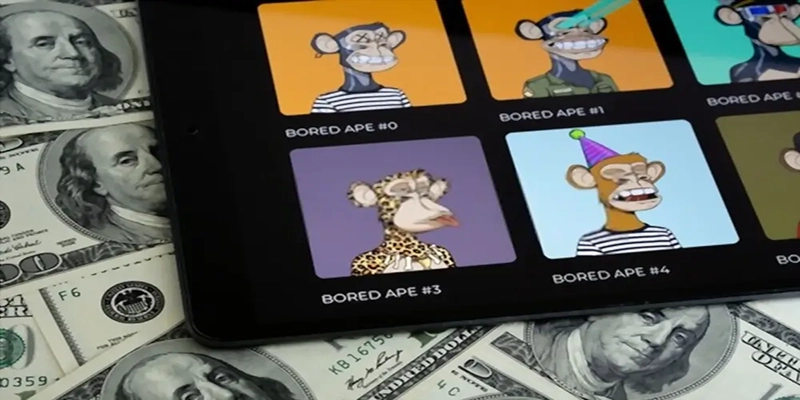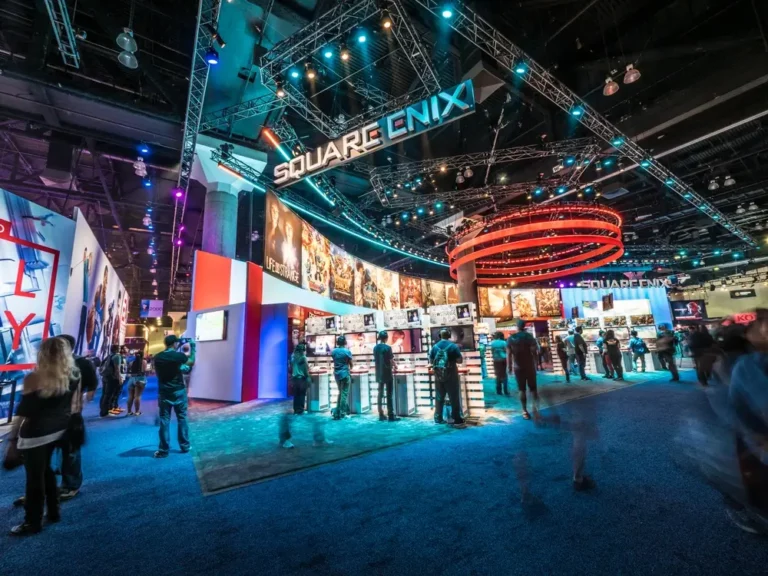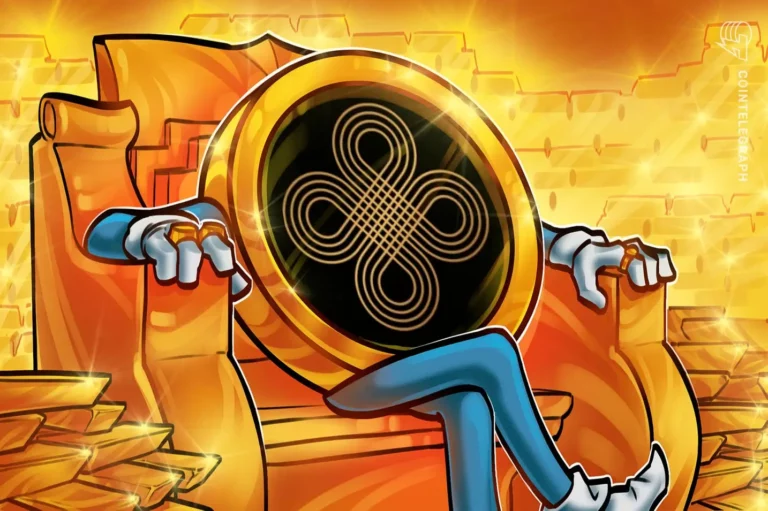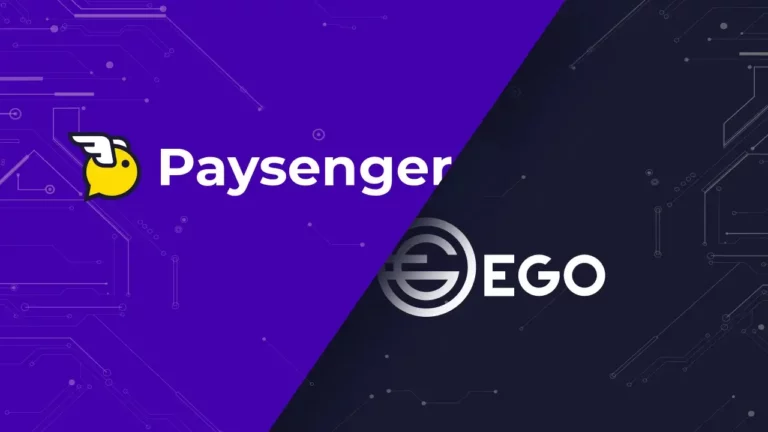What is an NFT? Non-Fungible Tokens Explained
Non-fungible tokens, or NFTs, are a new type of digital asset on the rise in the blockchain world and have begun to gain traction in the past year. Unlike traditional cryptocurrencies such as Bitcoin and Ethereum, these are not interchangeable and represent a specific unit of ownership.
This makes them an ideal vehicle for digital collectibles and other use cases such as gaming and identity management. While the concept of NFTs is still relatively new, there is growing interest in this area, and we can expect to see more innovative applications in the future.
Why did NFTs become so popular?
Non-fungible tokens (NFTs), have become increasingly popular in recent months, with a wide range of artists and creators selling everything from digital art to tweets for thousands of dollars. So, what exactly are NFTs, and why have they become so popular?
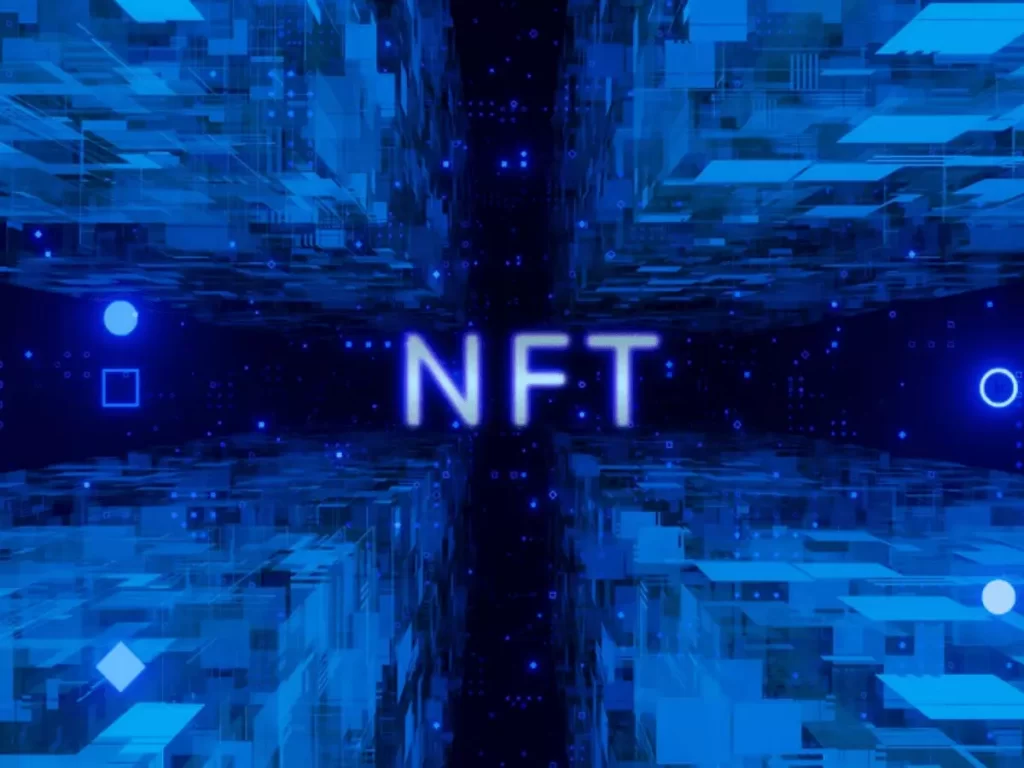
It is a digital asset stored on a blockchain, a decentralized ledger that tracks ownership and transactions. Because it is stored on a blockchain, it can’t be duplicated or counterfeited, which makes them unique and valuable. In addition, because NFTs are stored on a public ledger, anyone can see who owns the token and when it was purchased. This transparency adds to the value, as it allows buyers to verify that they are buying a genuine item.
The popularity of NFTs is due in part to the increasing value of cryptocurrencies like Bitcoin. As the price of Bitcoin has soared, investors have been looking for new ways to invest their money, and non-fungible tokens have emerged as a viable option. Moreover, the increasing popularity of online platforms like Ethereum, which allow users to create and trade NFTs, has made it easier than ever for people to get involved in the market.
How do NFTs work?
On a blockchain, NFTs are stored as digital assets. Transactions and ownership are tracked on a blockchain, which is a decentralized ledger.
Below you will find the process of creating an NFT.
- To create an NFT, you first need to create a digital file. This can be any file, including an image, video, or piece of audio.
- Once you have created your file, you must upload it to a blockchain.
- You can use several blockchains to create an NFT, but the most popular option is Ethereum.
- Once your file is uploaded to a blockchain, it will be assigned a unique identifier.
- This identifier will be used to track ownership and transactions associated with your NFT.
- Once your NFT is created, you can sell it or trade it on an online marketplace.
The most popular marketplace for NFTs is OpenSea, but several other options are available. When you sell an NFT, you will receive payment in the form of cryptocurrency, which can then be converted into cash.
How is an NFT different from a cryptocurrency?
Cryptocurrencies, like Bitcoin, are digital assets used as a medium of exchange. They are decentralized and can be traded on exchanges.
In contrast, NFTs are unique digital assets stored on a blockchain and cannot be duplicated or counterfeited, which makes them special and valuable. Also, because NFTs are stored on a public ledger, anyone can see who owns an it and when it was purchased. This transparency adds to its value.
What are the benefits of NFTs?
NFTs have several advantages that make them appealing to both buyers and sellers.
- For buyers, NFTs offer a way to invest in unique digital assets that cannot be duplicated.
- In addition, NFTs are stored on a public ledger, which allows buyers to verify the authenticity of a token before they purchase it.
- For sellers, it offers a way to monetize their digital content in a way that is transparent and secure.
- These tokens are stored on a blockchain, they can be bought and sold without needing an intermediary.
What is the use of NFTs?
NFTs have several potential uses. One use case is the creation of digital collectibles. For example, an artist could create an NFT representing a digital painting. This could then be sold to collectors.
Another use case is the creation of virtual worlds. For example, Decentraland is a virtual world built on the Ethereum blockchain. In Decentraland, users can buy, sell, or trade virtual land.
Finally, NFTs can also be used to represent ownership of physical assets. For example, a company could create one that represents a share of stock in the company. While there are many potential uses for NFTs, it is essential to remember that they are a new and unproven asset class.
Also, domain names, virtual land, and shares of stock in a company. They can also represent physical assets such as art, real estate, and cars. Its use is still evolving, and the possibilities are endless.
Examples of NFTs
One of the most famous examples of an NFT is the CryptoKitty. CryptoKitties are digital cats that are stored on the Ethereum blockchain. CryptoKitties were launched in 2017 and quickly became one of the most popular applications built on Ethereum. In 2018, CryptoKitties generated $12 million in sales.
Another example of an NFT is the Ethereum Name Service (ENS); ENS is a decentralized domain name system built on the Ethereum blockchain which allows users to register and resolve domain names in a decentralized manner. ENS was launched in 2017 and has since become one of the most popular applications built on Ethereum.
Another famous NFT is the Decentraland. Decentraland is a virtual world that is built on the Ethereum blockchain. In Decentraland, users can buy, sell, or trade virtual land. Decentraland was launched in 2017 and has since become one of the most popular applications built on Ethereum.
What are the risks of investing in NFTs?
- The most significant risk is the possibility that the value of NFTs will decrease.
- NFTs are a new and unproven asset class, there is no guarantee that they will retain their value over time.
- In addition, because NFTs are stored on a blockchain, they are subject to the same risks as other cryptocurrencies. These risks include hacking, fraud, and market volatility.
- Another risk is that unknown or unproven artists often create NFTs. This means that it can be challenging to assess its quality before you purchase it. As a result, you may invest in an NFT that does not hold its value over time.
- NFTs are a new and unproven asset class. This means that there is a lack of regulation surrounding the market. This lack of regulation could lead to fraud or manipulation, which could cause the value of NFTs to decrease.
8 Most expensive NFTs
Following are the most expensive NFTs sold of the era:
- CryptoPunk #7590 – $7.5 million
- Hashmask #80128 – $6 million
- Metaverse Avatar NFT – $500,000
- Decentraland LAND – $224,583
- Upland MEOW Token – $149,354
- Axie Infinity Land – $111,971
- NBA Top Shot Moments – $100,000
- Cryptokitties – $170,000
NFTs have a wide range of prices depending on their content, quality, and rarity. For example, the most expensive token sold was a CryptoPunk for $7.5 million.

